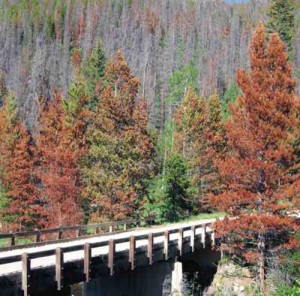Brief by Allen Best
Recreation – December 2007 – Colorado Central Magazine
Few people would expect to ever need to know what to do if caught in an avalanche. But in Jackson Hole, where avalanche deaths among backcountry skiers and sledders are a staple of winter news in the Jackson Hole News & Guide, it’s no academic subject.
Since at least 1864, reports the newspaper, the conventional wisdom for the hapless person has been to mimic a swimming motion, in an effort to stay atop the snow or even get out of the current.
That convention has been challenged in recent years by Colorado-based avalanche expert Dale Atkins. At a meeting of 300 skiing professionals in Jackson Hole recently, he explained why he believes it’s better to keep your hands around your face, so you can create an air pocket when the movement of snow begins to slow.
Slab avalanches move extremely fast, Atkins points out, but then stop rapidly. In a flash of time that survivors call remarkable, they cease to move like a liquid and then, setting up like concrete, move like a solid mass. At that point, the person can no longer move. If swimming, arms akimbo, the victim will be unable to get a hand around his or her face and an arm to the surface.
Atkins said that human bodies are likely to end up closer to the surface anyway. He illustrated this principle by shaking a bowl of mixed nuts. The large Brazil nuts come to the surface.
He was challenged at the meeting by Martin Radwin, who argued that waving and kicking, as if in swimming, makes a person larger, and hence increases the chance of a person rising like a Brazil nut.
There seems to be no empirical evidence to support either hypothesis.

